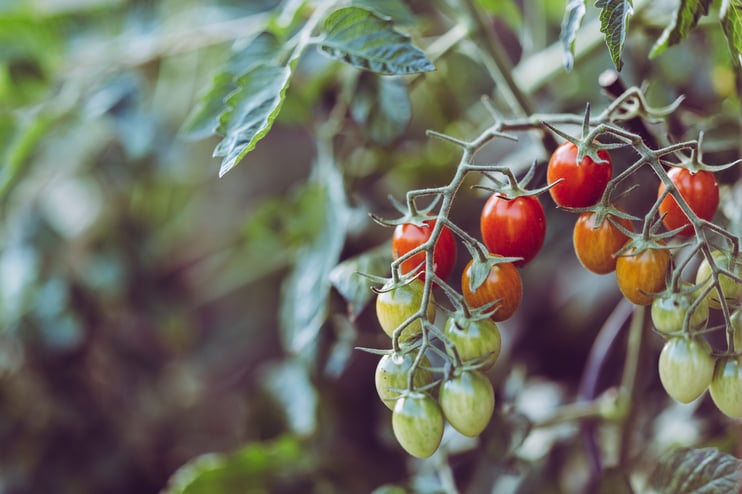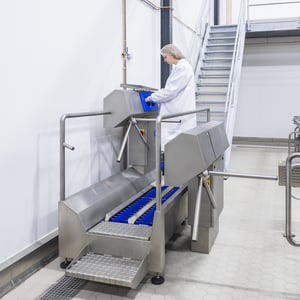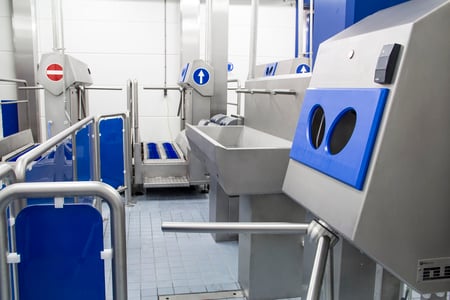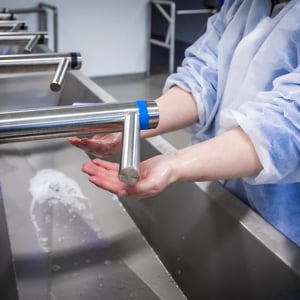Does your tomato farm meet hygiene regulations?

As a tomato grower, you work with food on a daily basis. To monitor food safety and ensure that no bacteria, viruses or mould enter your greenhouse, it is important to pay a lot of attention to good hygiene.
As a producer of food, you are required to prepare an HACCP plan or put one into effect according to a hygiene plan based on HACCP. These HACCP guidelines are also included in the Global GAP. You can prepare an HACCP plan based on a risk analysis of your business. To do this, you should identify the risks related to the following aspects:
- Process management
- Installation of utilities and equipment
- Water supplies
- Environmental hygiene
- Cleaning and disinfection
- Pest control
- Personal hygiene
- Training and development of personnel
Risks
Is the hygiene situation in your nursery far from ideal? Then you’re taking big commercial and financial risks. If inadequate hygiene results in disease in your greenhouses, that will often be disastrous for your crop. It will cost you a huge amount of money to rescue the crop. That’s assuming it can even be saved in the first place. In many cases, your crop will probably be deemed lost following the outbreak of a disease. That means high costs for cleaning up the crop and the loss of earnings that the crop would have delivered. Doubling the pain for you as a business owner.
Good hygiene
Clearly, good hygiene is extremely important. If we take personal hygiene as an example, there are various measures you can take to guarantee this. We give you three of the most important points for consideration here:
- Hand cleaning: When entering the greenhouse, always wash the hands with warm water and liquid soap and disinfect them if necessary with the correct disinfectant. Nails should be short and cared for; any wounds should be covered.
- Sole cleaning: Cleaning footwear with the correct concentration of disinfectant is sufficient for being able to enter the greenhouse safely. Of course, it is always a good idea to change your shoes when you enter the greenhouse to prevent any risk of introducing diseases via outdoor shoes.
- Work clothing: Use separate work clothing in the greenhouses or at least wear an overcoat over your own clothes. Long hair should also be tied up and preferably a hairnet worn. Jewellery or loose-hanging objects are not permitted.
Hygiene Selector
Do you also want to comply with the guidelines of the Global GAP? Then take an important step by installing a hygiene lock. Do you want to know which hygiene lock layout best suits your business? Then fill in the Hygiene Selector. The areas your hygiene lock must satisfy are simply explained in five steps, directly followed by tailored, no-obligation advice.




.png)


